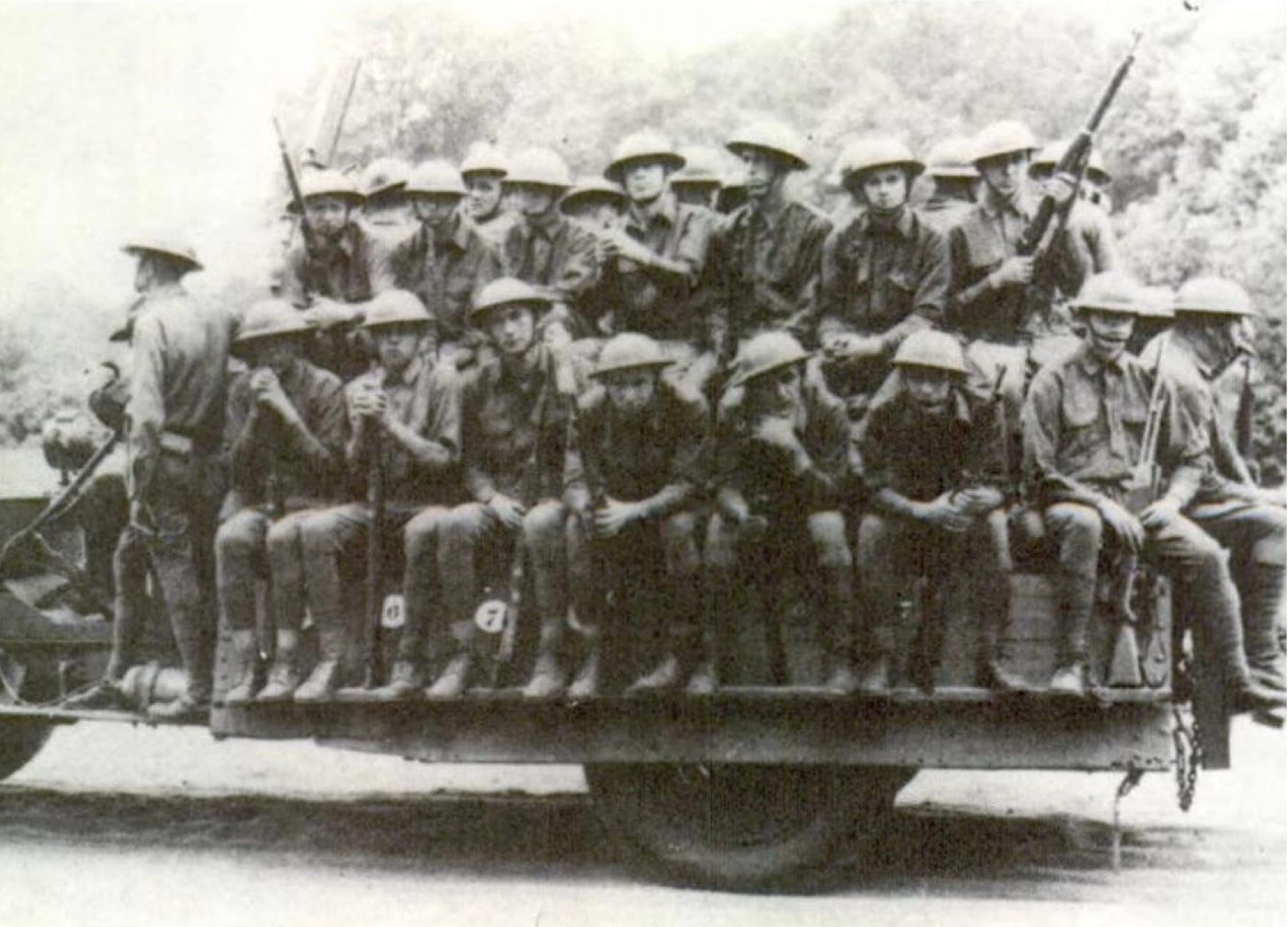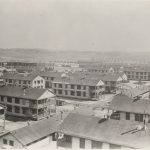In the course of the serialization of Battalion: An Organizational Study of United States Infantry, I’ve learned a great deal about formatting, illustrating, and editing. Thus, from time to time, I make improvements to articles that were posted in the past.
In the 1920s, motor vehicle technology advanced to the point where the cross-country mobility of cars and trucks had greatly improved. In response to this development, in 1929, the War Department authorized an experiment in which the 34th Infantry Regiment, then located at Fort Eustis, Virginia, replaced all of its animal transport with motor vehicles of various kinds.
For the sake of this experiment, the 34th Infantry received:
-
twenty-three cross-country cars
-
nine cross-country cars with light cargo bodies
-
nineteen 1.5-ton 4×4 trucks
-
fifteen 4×2 3/4-ton trucks
-
fourteen 6×4 3/4-ton trucks
-
five 3.5-ton Holt tractors (each pulling two 3/4-ton trailers)
-
one 750-gallon fuel truck
-
eight motorcycles with sidecars
-
five trailer-mounted field kitchens
Of these vehicles, only the field kitchens, motorcycles and fuel truck were of types that had been formally adopted by the Army. The rest were procured directly from the civilian market. (In some cases, the commercial-pattern vehicles were purchased “off the shelf.” In others, the manufacturers modified stock vehicles prior to handing them over to the Army.)
Source: “Notes from the Chief of Infantry: Motorized Infantry Regiment” Infantry Journal (April 1929) pages 413-414
Guides to Battalion: An Organizational Study of United States Infantry
To Subscribe, Support, or Share:





